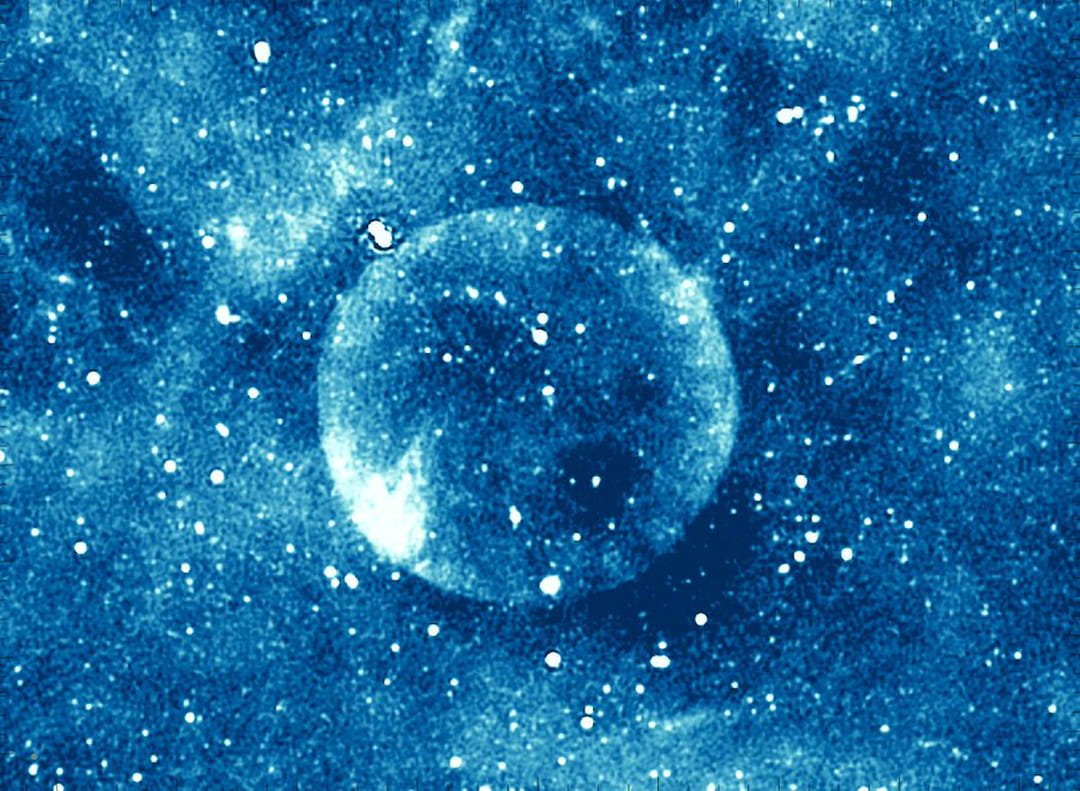A perfect circle floats in the Milky Way, astonishing scientists

The Milky Way is full of mysteries, and discoveries keep coming. This is the case with this perfect circle detected by the Australian ASKAP radio telescope. In a new study , this celestial object, called G305.4-2.2, was analyzed by researchers. More than 95% round, they decided to nickname it Teleios, meaning "perfection" in Greek. This bubble floating in space is only visible in the radio spectrum and not in visible light, infrared, or X-rays. No similar celestial object had been observed before.
Among the characteristics noted, scientists have noticed a rather low brightness, which makes its observation more difficult. They are particularly struggling to accurately estimate the distance that separates this circle from Earth. They estimate it to be around 7,100 to 25,100 light-years. Its diameter is between 46 and 157 light-years.

Several potential sources of this form were directly excluded by the scientists. They focused on the supernova remnant, which they considered the "most likely" hypothesis. When a star explodes spectacularly, debris and particles are ejected into space. These observable remnants are called supernova remnants. They are often composed of carbon, oxygen, neon, and silicon. "There are two possible scenarios: either it is a young supernova remnant (less than 1,000 years old) or an older one (more than 10,000 years old)," the researchers conclude.
However, these celestial objects are more like shells, not spheres. They are irregular because the stellar explosion is not uniform. The star that exploded must therefore have been very symmetrical. Doubt also persists because Teleios does not emit X-rays, which is the case for a supernova remnant. "All possible scenarios present difficulties, particularly if we consider the absence of X-ray emission, when it should be detectable according to our evolutionary modeling," the scientists qualify. Further research will therefore be necessary. The mystery still remains, but the scientists intend to solve it.
L'Internaute





